Duration: 9 Nights
Highlights: Discover the breathtaking beauty of Bhutan, the Land of the Thunder Dragon, and home to Buddhist monasteries in a 10-day tour of this Himalayan kingdom.

Tashichho Dzong, meaning “Fortress of the Glorious Religion,” is one of Bhutan’s most iconic landmarks. Located along the banks of the Wang Chhu River in Thimphu, it serves as the seat of Bhutan’s government and houses the Throne Room, the offices of His Majesty the King, and several key ministries. It’s also the summer residence of the central monastic body, led by the Je Khenpo. With its imposing whitewashed walls, golden spires, and ornately painted woodwork, Tashichho Dzong is a striking example of Bhutanese architecture. The surrounding gardens and courtyards offer a serene setting, especially when lit up in the evening. Visitors are welcome to explore certain areas of the dzong after office hours, making it not just a centre of political and religious life, but also a window into the living heritage of Bhutan.
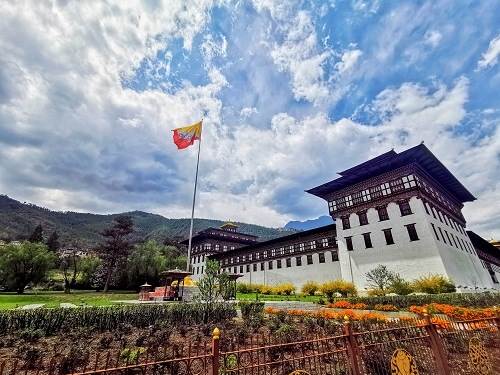
Strolling around Thimphu town offers a delightful blend of tradition and modern life in Bhutan’s capital. Start at Clock Tower Square, the lively heart of the city—adorned with carved wooden façades, prayer wheels, and water fountains—and a charming spot to linger while locals chat or browse the weekend market. From here, wander down Norzin Lam, Thimphu’s main street, where boutique shops, handicraft stores, and cafés invite you in. Along the way, admire traditional architecture—ornate wood carvings, colourful murals, and fluttering prayer flags—woven seamlessly into everyday life.
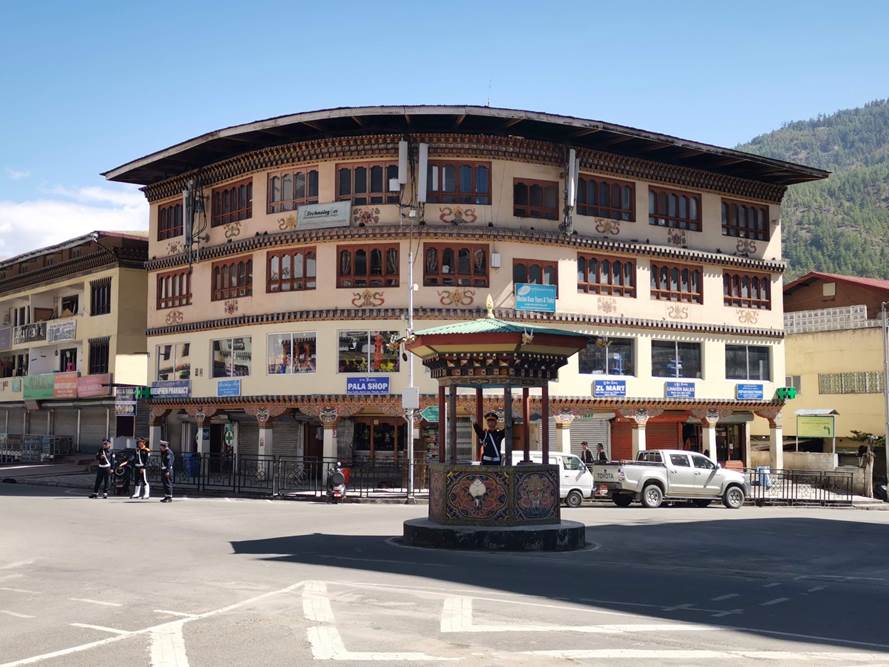
Towering above Thimphu Valley from the tranquil Kuenselphodrang Nature Park, the majestic Buddha Dordenma is a sight to behold. Standing at a staggering 51.5 metres, this golden statue is one of the largest seated Buddhas in the world—and it’s not just its size that impresses. Nestled inside are over 100,000 smaller Buddha statues, each crafted with the same devotion and detail. More than a monument, the Buddha Dordenma is a symbol of indestructibility and spiritual awakening, believed to bless the land with peace and harmony.

Immerse yourself in the spiritual rhythm of Thimphu with a visit to the National Memorial Chorten, where locals—especially the elderly—gather daily to walk in prayerful circles, spinning prayer wheels and murmuring mantras in a peaceful flow of devotion. Built in 1974 to honour the beloved Third King, this white-washed stupa is a living sanctuary. Step inside and you’ll find vibrant murals, intricate mandalas, and detailed sculptures that beautifully illustrate Buddhist teachings. If you're seeking serenity or a glimpse into Bhutanese spiritual life, this is a place that quietly leaves a lasting impression.
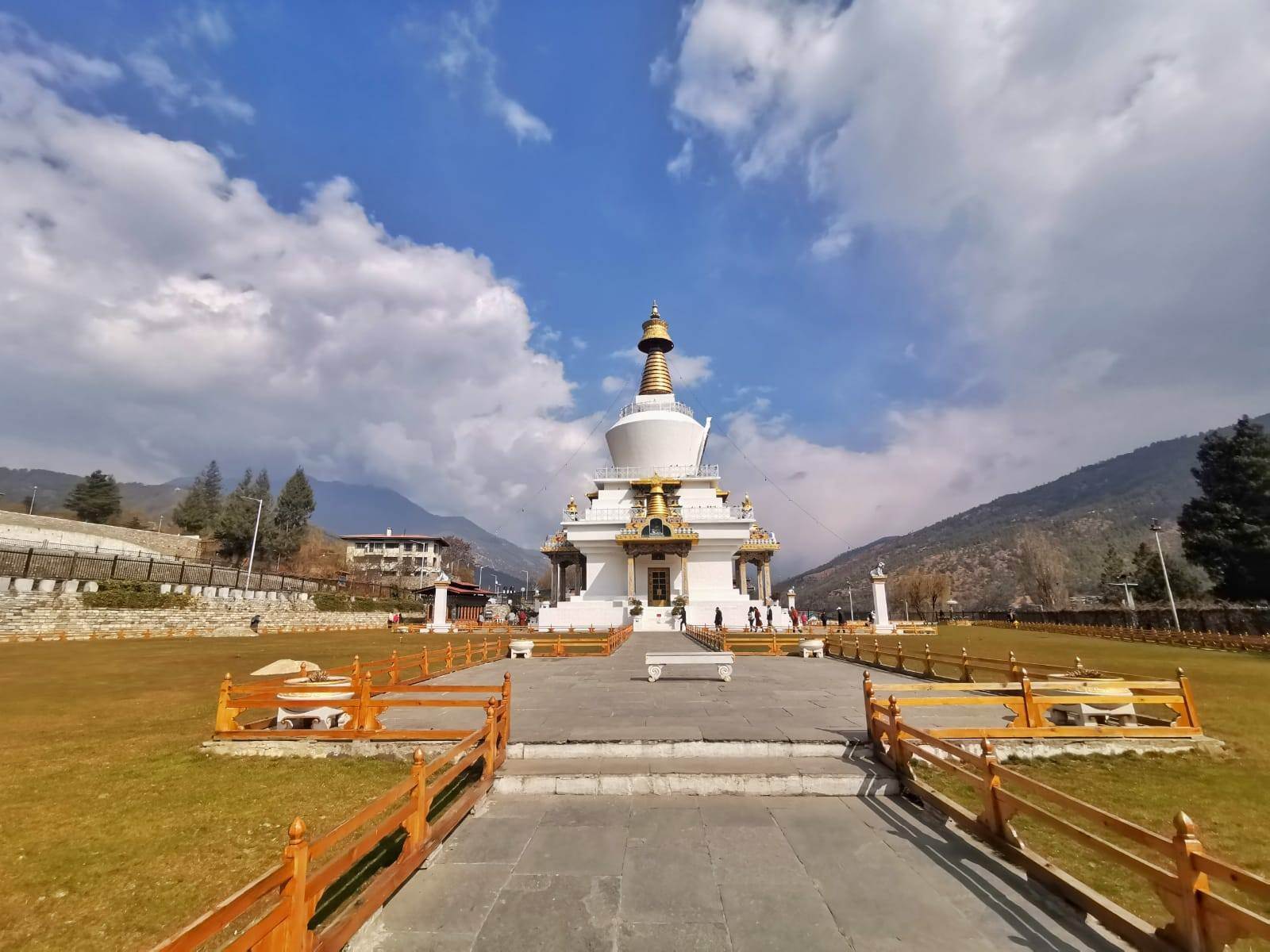
Just a short drive from Thimphu, Simtokha Dzong is Bhutan’s oldest surviving fortress, built in 1629 by Zhabdrung Ngawang Namgyal. Simtokha Dzong may be modest in size—but hidden among its sweeping courtyards lies a stunning secret: over 300 intricately carved slate panels lining the lower walls behind the prayer wheels. Each panel depicts a different Buddhist saint or philosopher, their serene faces and flowing robes capturing centuries of devotion and wisdom.
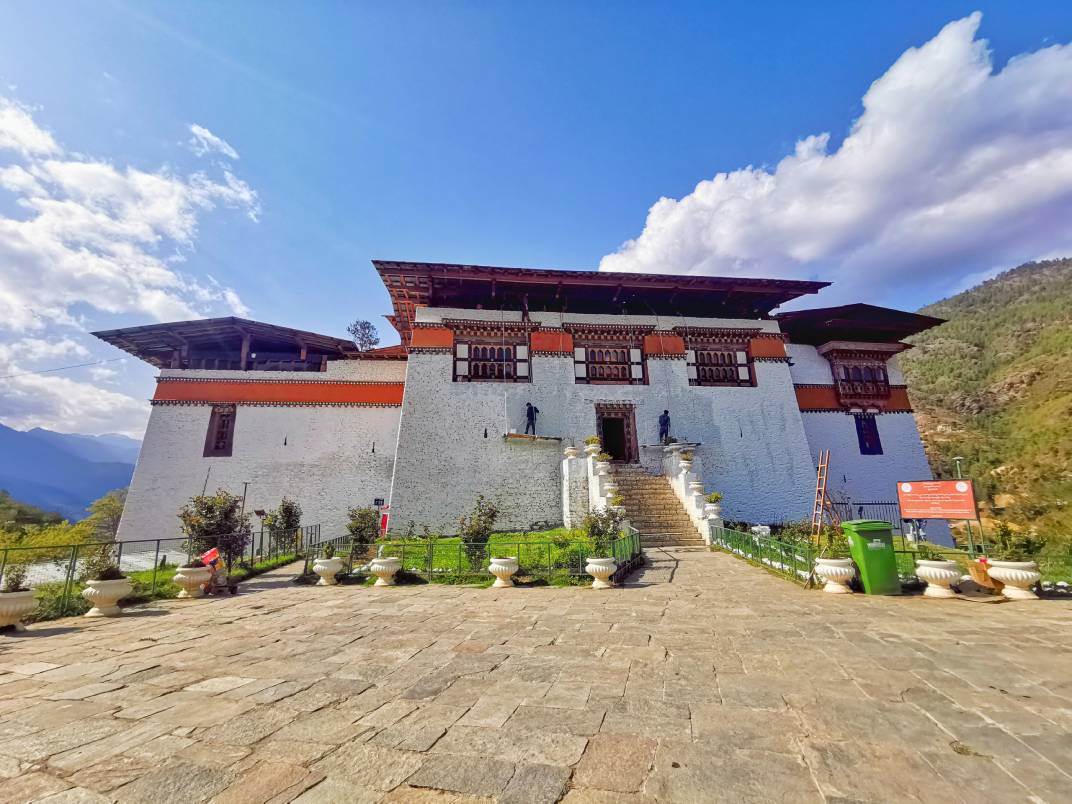
The General Post Office in Thimphu is more than just a postal hub—it’s a delightful cultural gem. Housed in a graceful Dzong-style building near Changlam Square, it’s home to the Bhutan Postal Museum set up in 2015, where five galleries chronicle the fascinating evolution of Bhutan’s postal system, from royal messengers to modern postage stamps. The real treat? You can create personalised, fully functional Bhutanese postage stamps—complete with your own photo—for a small fee of around 500 Nu (roughly USD7), and send postcards adorned with your face from this charming mountain kingdom.
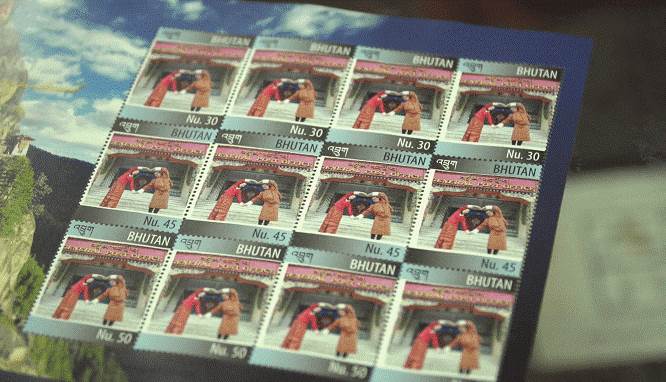
Visiting the Motithang Takin Preserve in Thimphu is a delightful and serene experience—it’s the national animal’s very own sanctuary, nestled just 15–20 minutes from the city centre. What began as a humble mini-zoo became something far more fitting: a forested 3.4-hectare reserve where takin, Bhutan’s unique goat–cow creatures, have chosen to stay even when released into the wild. It’s a charming, low-key wildlife encounter that captures Bhutan’s gentle spirit—perfect for families, nature lovers, and anyone curious about the country’s living symbols.
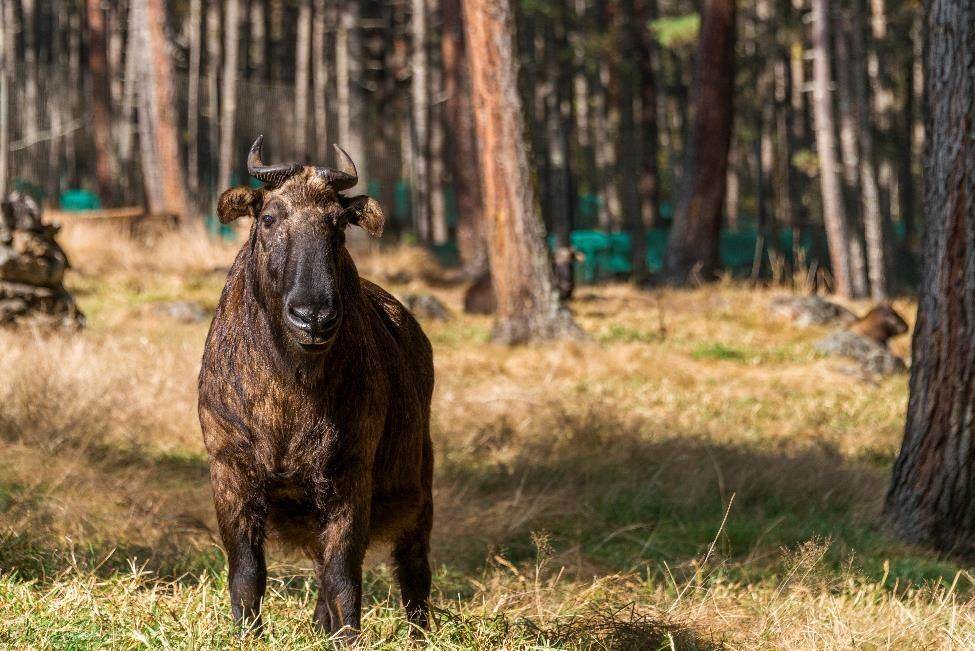
Nestled in the charming village of Sopsokha, Chimi Lhakhang—also known as the Fertility Temple—stands atop a gentle hill near Lobesa. Built in 1499 by Ngawang Choegyel, the 14th Drukpa Hierarch, the monastery is dedicated to the revered and unconventional saint, Lama Drukpa Kunley, famously known as the Divine Madman for his unorthodox teachings and eccentric behavior. To reach the temple, enjoy a scenic 30-minute walk through terraced paddy fields and a quaint village path. Pilgrims from all over the world visit Chimi Lhakhang to seek blessings for fertility, and many couples have returned to share stories of their answered prayers. A visit here offers not only cultural insight but also a peaceful connection with Bhutan’s spiritual traditions.

Perched at an altitude of 3,100 metres, Dochula Pass is one of Bhutan’s most serene and awe-inspiring mountain passes. Often cloaked in mist and prayer flags fluttering in the breeze, it’s a place where time seems to slow down. The pass is adorned with 108 memorial chortens, built in honour of Bhutanese soldiers, and offers panoramic views of the snow-capped Himalayan range on clear days. Whether you're pausing for reflection or simply soaking in the stillness, Dochula invites you to breathe deeply, feel the peace, and reconnect with the beauty of the journey.

Stretching 160 metres across the Pho Chhu River, this is the longest suspension bridge in Bhutan. From its swaying span, you’ll be treated to breathtaking views of the majestic Punakha Dzong and the lush Pho Chhu Valley—an unforgettable vantage point for photos and quiet reflection.
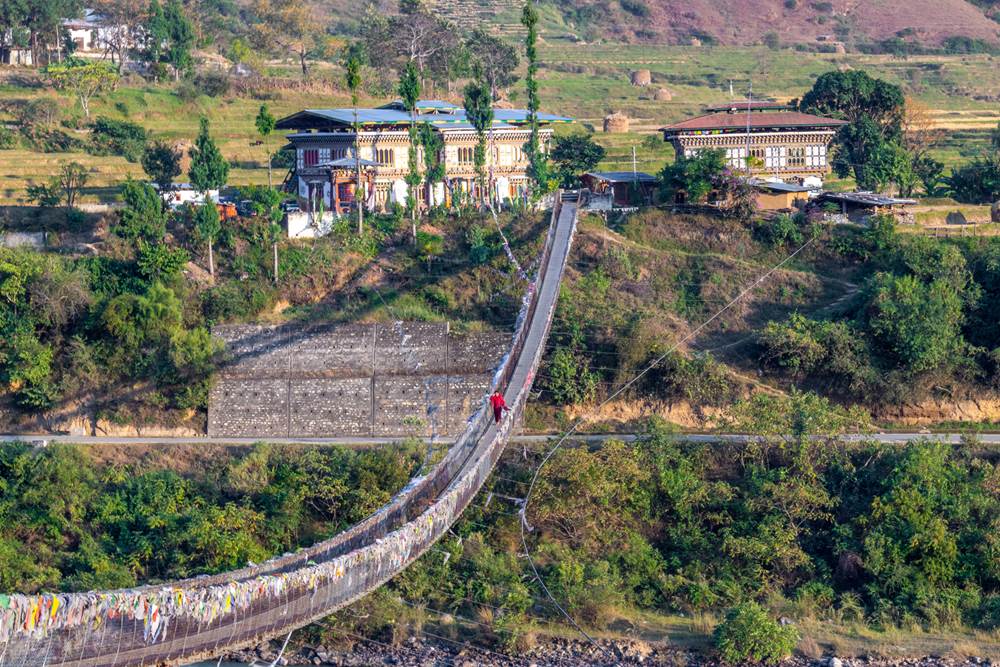
Step into the heart of Bhutanese history and spirituality with a visit to Punakha Dzong, one of the most iconic and breathtaking fortresses in the country. Nestled at the sacred confluence of the Pho Chu and Mo Chu rivers, this architectural masterpiece was built in 1637 by Zhabdrung Ngawang Namgyal, the great unifier of Bhutan. As you cross the traditional wooden cantilever bridge and approach the grand whitewashed walls, you’ll be walking the very grounds where Bhutan’s dual system of governance was first introduced—and where the first King, Gongsar Ugyen Wangchuck, was crowned in 1907. Despite enduring fires and an earthquake, the dzong stands today fully restored—thanks to the vision of the 4th King, Jigme Singye Wangchuck. It now serves as the winter residence of the Je Khenpo, the spiritual head of Bhutan, and houses a monastic community of over 1,000 monks. Marvel at the intricate woodwork and artistry that adorn the halls and courtyards, and let the sacred energy of this historic site leave a lasting impression on your journey.
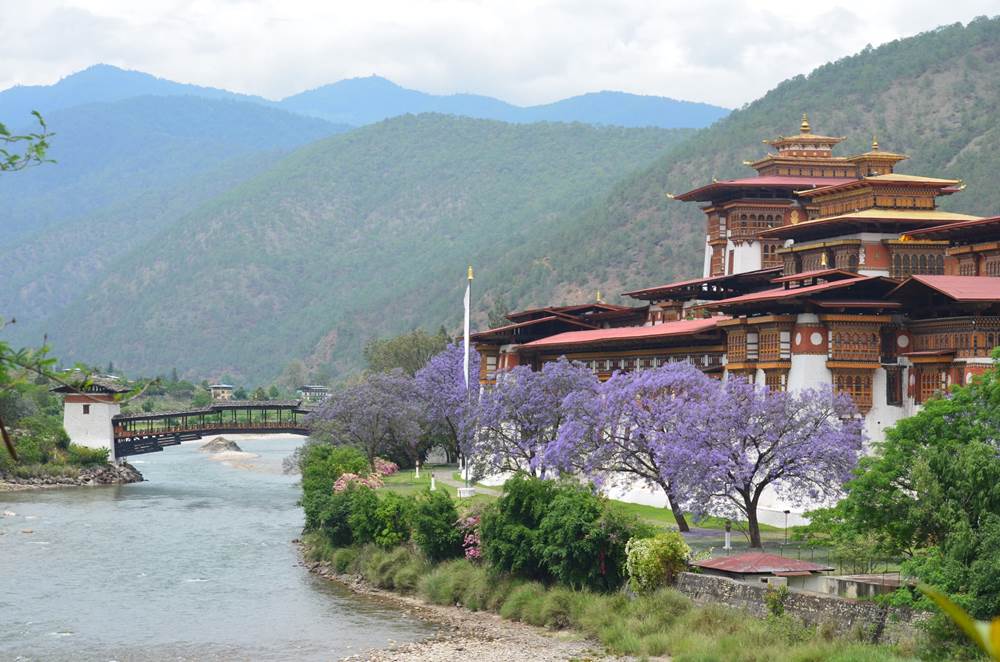
Just 2 kilometers beyond Chendebji village lies the Chendebji Chorten, gracefully situated at the confluence of two rivers. This large white stupa, modeled after the iconic Swayambhunath Stupa in Kathmandu, was built in the 19th century by Lama Shida. According to legend, it was constructed to subdue and seal the remains of a malevolent spirit that once haunted the area. Set amidst a tranquil landscape, the chorten offers a peaceful and spiritually significant stop along your journey.
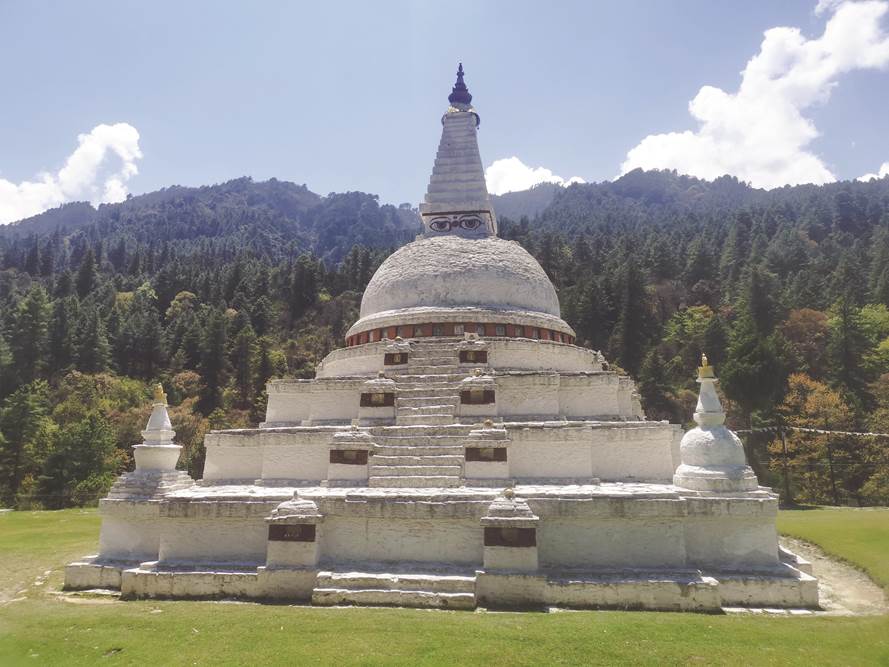
Perched high above the Mangde Chhu, Trongsa Dzong is Bhutan’s largest and one of its most impressive fortresses. Built in 1648, it once controlled east–west trade routes and remains closely linked to the monarchy, as every Crown Prince serves here as Trongsa Penlop before becoming King. With its layered architecture, grand courtyards, and sacred temples, the dzong is both a historical and spiritual heart of Bhutan.

Rising above the valley and overlooking the magnificent Trongsa Dzong, the Tower of Trongsa offers a captivating stop on your journey through central Bhutan. Once a strategic watchtower, this historic structure has been thoughtfully restored and transformed into a museum dedicated to the Wangchuck dynasty, Bhutan’s royal family. Inaugurated by His Majesty the King during the nation’s centenary celebration of monarchy, the museum showcases a refined blend of traditional Bhutanese architecture and modern exhibition design. Inside, you get to explore 224 rare and sacred artifacts. This enriching visit offers a deep dive into Bhutan’s spiritual and royal heritage, set against the stunning backdrop of the Trongsa valley.
-253.jpg)
After the long journey, arrive in Bumthang, the spiritual heartland of Bhutan. Take the evening to unwind and soak in the crisp mountain air, surrounded by the valley’s serene beauty. Rest well tonight.

Perched on high ground overlooking the main junction of the town, Jakar Dzong was originally constructed in 1549 by the great-grandfather of Zhabdrung Ngawang Namgyal. Initially built as a monastery, it was later expanded in 1646 after the Zhabdrung had solidified his authority across Bhutan. Today, Jakar Dzong serves as the administrative center of Bumthang Valley and is home to the regional monastic body. Its commanding location and historic significance make it a prominent landmark and a must-visit site in central Bhutan.
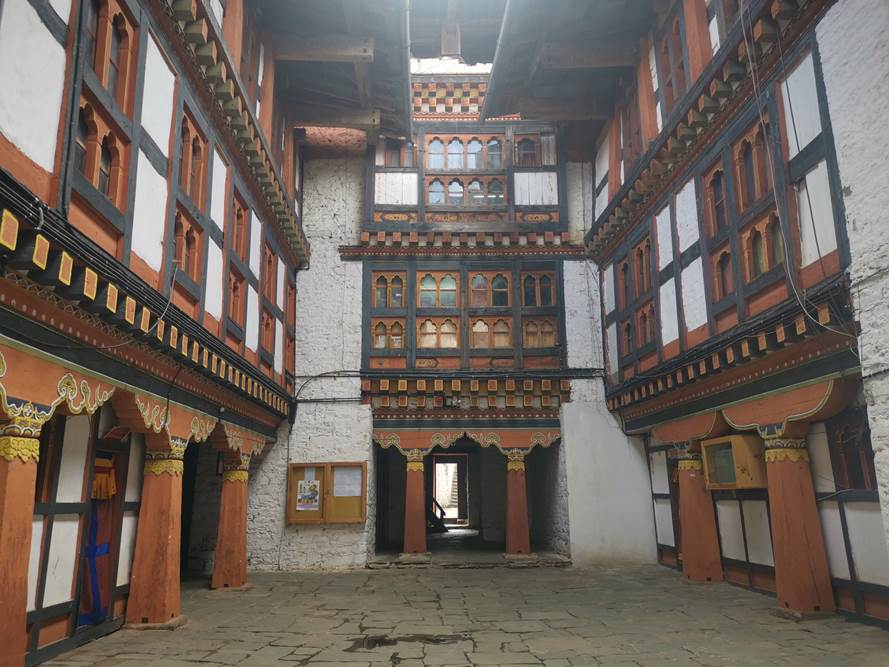
Step back in time with a visit to Jambay Lhakhang, one of the oldest and most sacred temples in Bhutan. Built in 659 AD by Tibetan King Songtsen Gampo, it is one of 108 temples constructed to subdue spiritual obstacles and pave the way for the spread of Buddhism in the Himalayan region. Although the temple’s current architectural form dates to the early 20th century, its inner shrine housing the image of the Future Buddha is believed to have stood for over 1,400 years—making it a deeply revered site for both locals and pilgrims. If your visit coincides with Jambay Lhakhang Drup (held in late autumn), you’ll witness one of Bhutan’s most iconic festivals. The highlight of the celebration is the Tercham, or “Naked Dance,” an ancient ritual performed by select monks and laymen, symbolizing purification and the victory of light over darkness. A visit to Jambay Lhakhang offers not only a glimpse into Bhutan’s ancient spiritual roots but also a rare opportunity to witness living tradition in action.

Journey to Kurjey Lhakhang, one of Bhutan’s most revered spiritual sites, nestled in the serene Bumthang Valley. Built in 1652, the temple complex is intimately linked to Guru Rinpoche (Padmasambhava), who meditated here and left his body imprint on a sacred rock, now preserved within the inner sanctum. According to legend, Guru Rinpoche transformed into a Garuda to defeat the demon Shelging Karpo, who had taken the form of a white lion and was obstructing the spread of Buddhism. This powerful victory is enshrined in the temple’s legacy, making it a place of deep devotion and pilgrimage. Explore the peaceful surroundings, take in the spiritual atmosphere, and feel the profound energy of this sacred site—an essential stop for anyone seeking a deeper connection to Bhutan’s spiritual heritage.
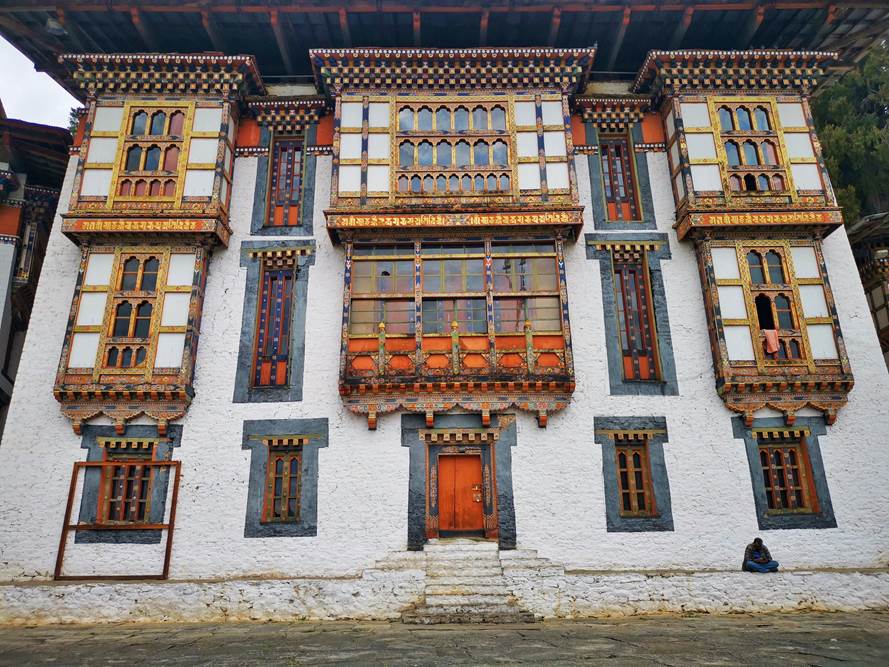
Discover the spiritual legacy of Tamshing Goemba, one of the most important Nyingma monasteries in Bhutan, located in the Bumthang Valley. Founded in 1501 by the great saint and treasure revealer Pema Lingpa, this sacred site is a cornerstone of Bhutan’s spiritual history. Inside the temple, you’ll find centuries-old mural paintings, original statues, and religious relics that have remained untouched since Pema Lingpa’s time. One of the highlights is the opportunity to walk around the temple wearing an iron chain vest believed to have been forged by Pema Lingpa himself—an act said to purify negative karma. This serene and deeply revered monastery continues to be a center of spiritual learning and practice, offering visitors a powerful connection to Bhutan’s living spiritual tradition.
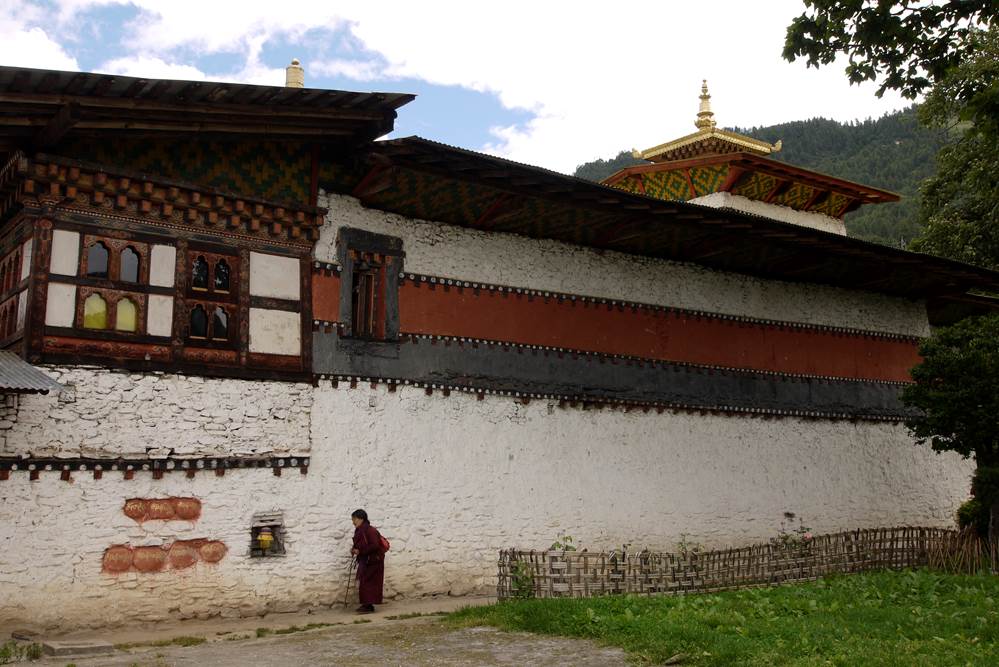
Embark on a short pilgrimage to Mebar Tsho, or the Burning Lake, one of Bhutan’s most sacred spiritual sites located in the Tang Valley of Bumthang. This serene, mystical pool is where the great saint Pema Lingpa is said to have discovered hidden treasures (termas) revealed to him by Guru Rinpoche. According to legend, Pema Lingpa leapt into the lake with a burning butter lamp—and emerged holding sacred texts and relics, with the lamp still alight. This miraculous event gave the lake its name, “Mebar Tsho,” meaning Burning Lake. As you stand by the rocky outcrop above the water, you’ll see fluttering prayer flags and butter lamp offerings from pilgrims who continue to visit this holy site. It’s a peaceful, reflective stop where the natural beauty of the landscape meets deep spiritual resonance—a must-visit for those exploring Bhutan’s sacred heartland.
-857.jpg)
Set out on a scenic half-day excursion to Ura Valley, one of the most peaceful and picturesque valleys in Bumthang. The round-trip drive takes approximately four hours, winding through highland landscapes and passing sheep-rearing farms that give a glimpse into rural Bhutanese life. Along the way, stop at Serthang-La Pass (3,600m) for breathtaking views of Gangkar Puensum, the world’s highest unclimbed mountain—a sight that inspires awe and wonder. In Ura Village, known for its enterprising spirit and charming alpine setting, visit the community library established by Global READ, a U.S.-based NGO. If you're visiting in spring, you may be lucky enough to witness the vibrant Ura Festival, one of the region’s cultural highlights. While in the valley, take time to explore Ura Monastery, stroll through rolling meadows, and enjoy the beauty of buckwheat and barley fields against a backdrop of pristine landscapes. Ura is a tranquil retreat that captures the soul of Bhutan’s highland heritage.
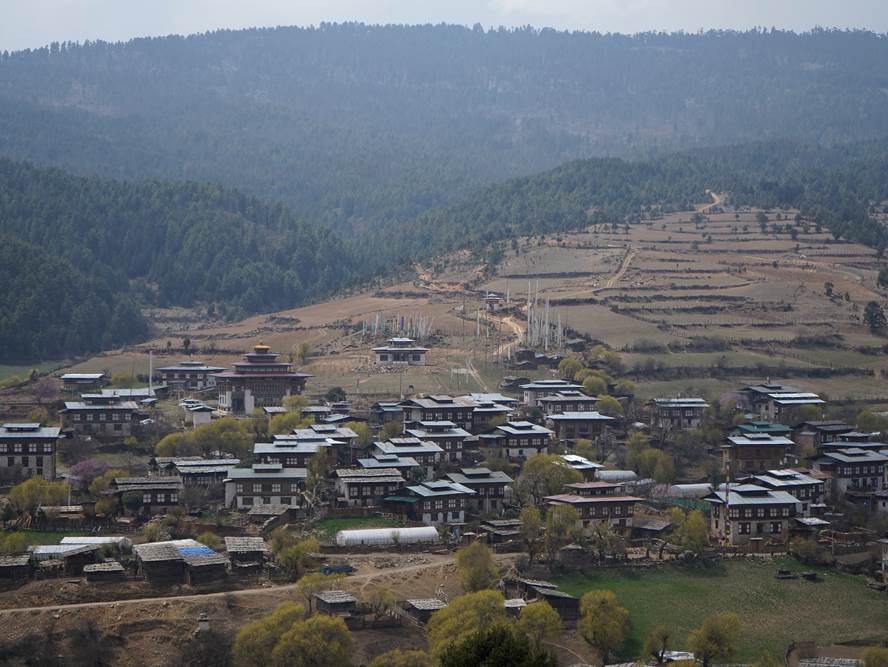
Kenchosum Lhakhang is a humble, rural-style temple with origins tracing back to the 7th century. The present structure was rebuilt in the 15th century by Pema Lingpa, the famed Treasure Discoverer, who restored the temple and unearthed terma (sacred texts and artefacts) on the hillside behind it. Inside, three small Buddha statues—representing the past, present, and future—are said to have miraculously flown to the site, giving the temple its name: Kencho meaning “divine” and Sum meaning “three.” Local legend holds that when the temple bell is rung, its sound carries all the way to Lhasa in Tibet.
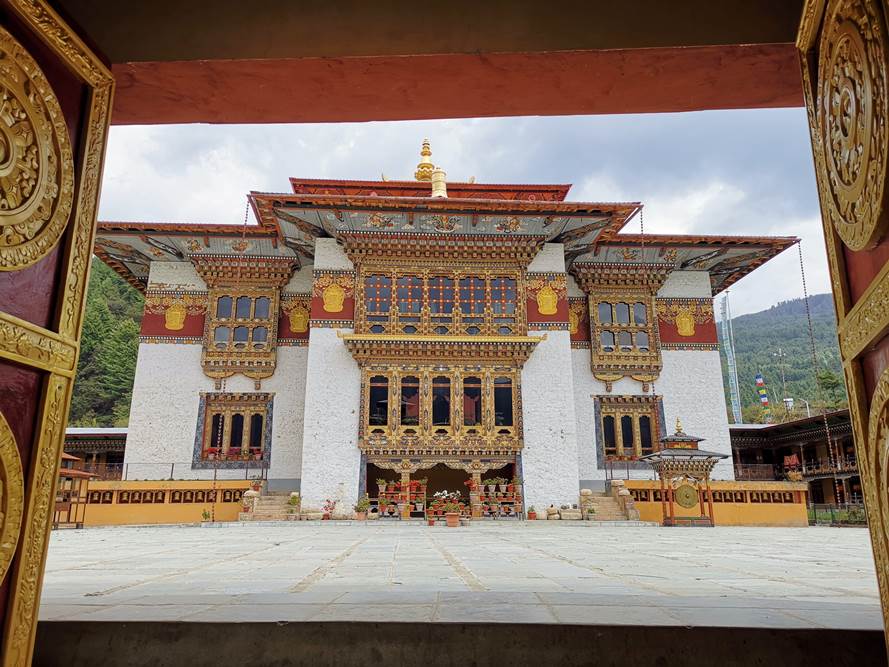
Explore the tranquil Phobjikha Valley, a glacial valley renowned as the winter home of the endangered Black-necked Crane (Grus nigricollis). Each year, around 600 of these majestic birds migrate from the Tibetan Plateau to Bhutan, with Phobjikha being one of their favorite wintering grounds. The cranes arrive in early November and stay until the end of March, gracefully roaming the wetlands and farmlands of the valley. For an up-close look, visit the Black-Necked Crane Information Centre, where you can observe the birds through high-powered spotting scopes and learn about their behavior using the helpful Field Guide to Crane Behaviour. The centre also offers informative displays on the valley’s unique ecology, a cozy library, and a handicraft shop. On chilly days, warm up while watching educational videos about the cranes at 10:00 AM and 3:00 PM (Nu 200 entry). This visit offers a peaceful yet powerful insight into one of Bhutan’s most beloved natural treasures.
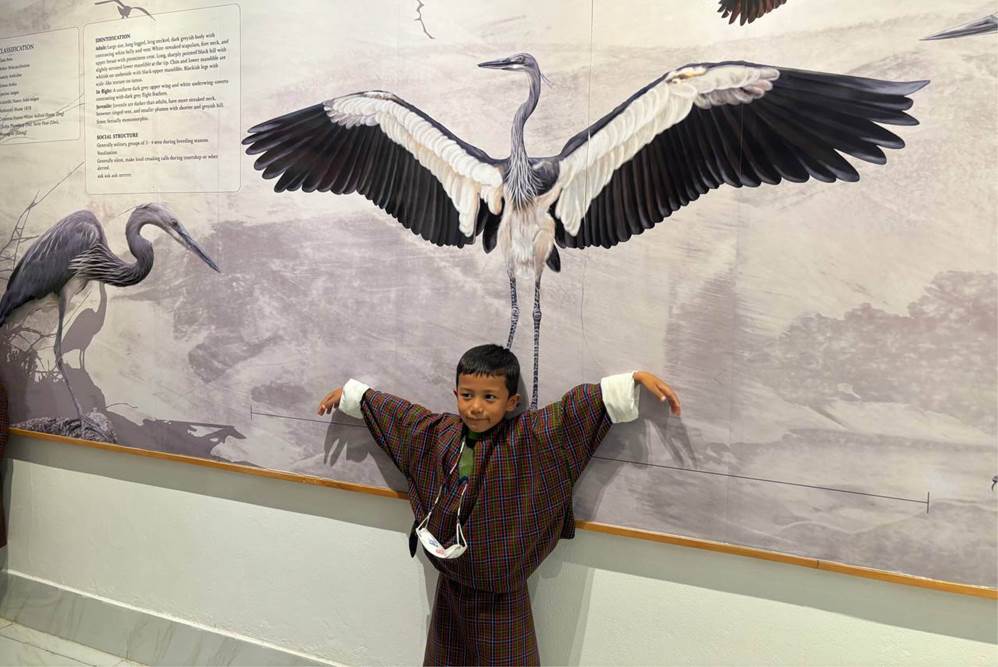
Perched on a forested hill overlooking the stunning Phobjikha Valley, Gangtey Monastery (Gangtey Goemba) is one of the most important Nyingma institutions in Bhutan. Founded in the early 17th century by Pema Thinley, the grandson of the great treasure revealer Pema Lingpa, this hilltop monastery is both a spiritual center and a historic landmark. Gangtey Monastery commands sweeping views of the valley and is home to a vibrant monastic community. The monastery’s serene courtyard and beautifully restored architecture offer a glimpse into Bhutan’s rich spiritual tradition. A visit here offers not only spiritual insight but also panoramic views and a deeper appreciation of the cultural harmony between nature and tradition in the valley below.
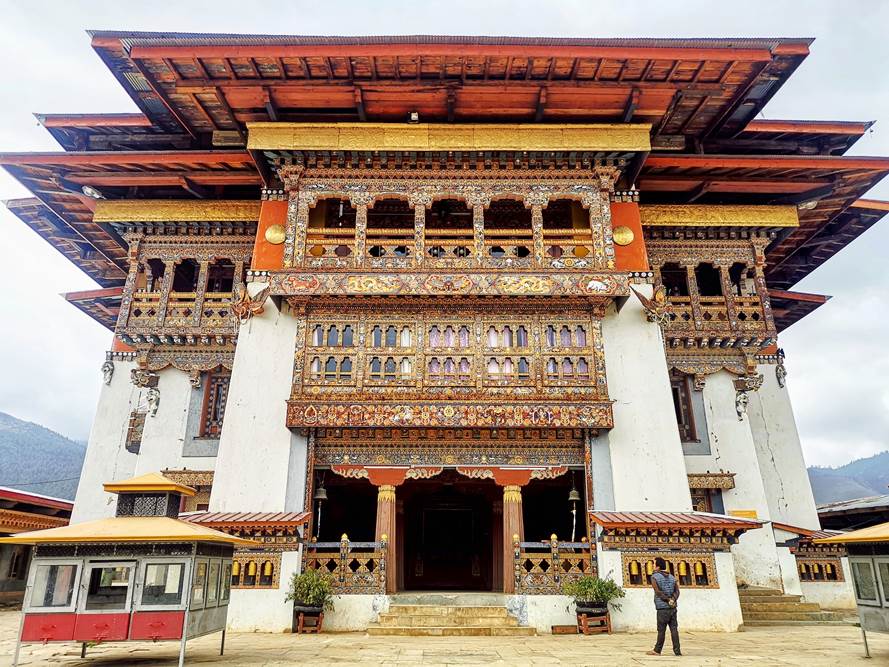
Visit a Bhutanese family in their home and share a heartfelt dinner accompanied by warm, engaging conversations. Step into their daily lives and experience the charm of dining in a traditional Bhutanese setting, where the meal is enriched by the genuine hospitality and kindness of your hosts.
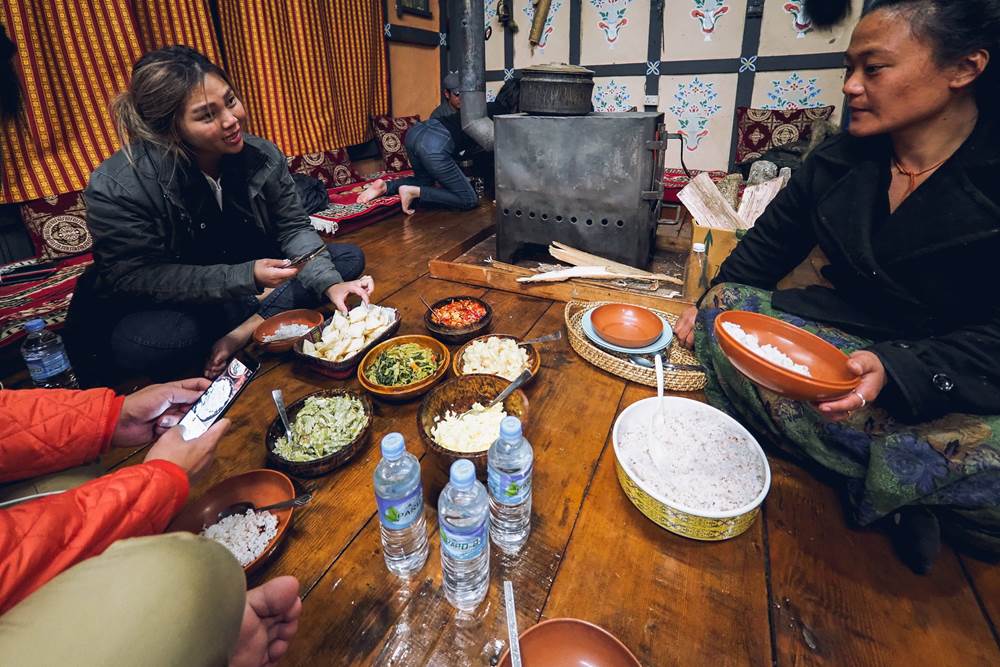
At 1300 years old, Kyichu Lhakhang is one of Bhutan’s oldest and most sacred temples, believed to have been built in the 7th century by Tibetan Emperor Songtsen Gampo as part of a spiritual mission to subdue a demoness and spread Buddhism. Located just north of Paro, it is often referred to as the “Sacred Jewel of Bhutan.” Over the centuries, the temple has been expanded and visited by many great masters, including Padmasambhava. It's a peaceful and deeply spiritual place, cherished by pilgrims and visitors alike.
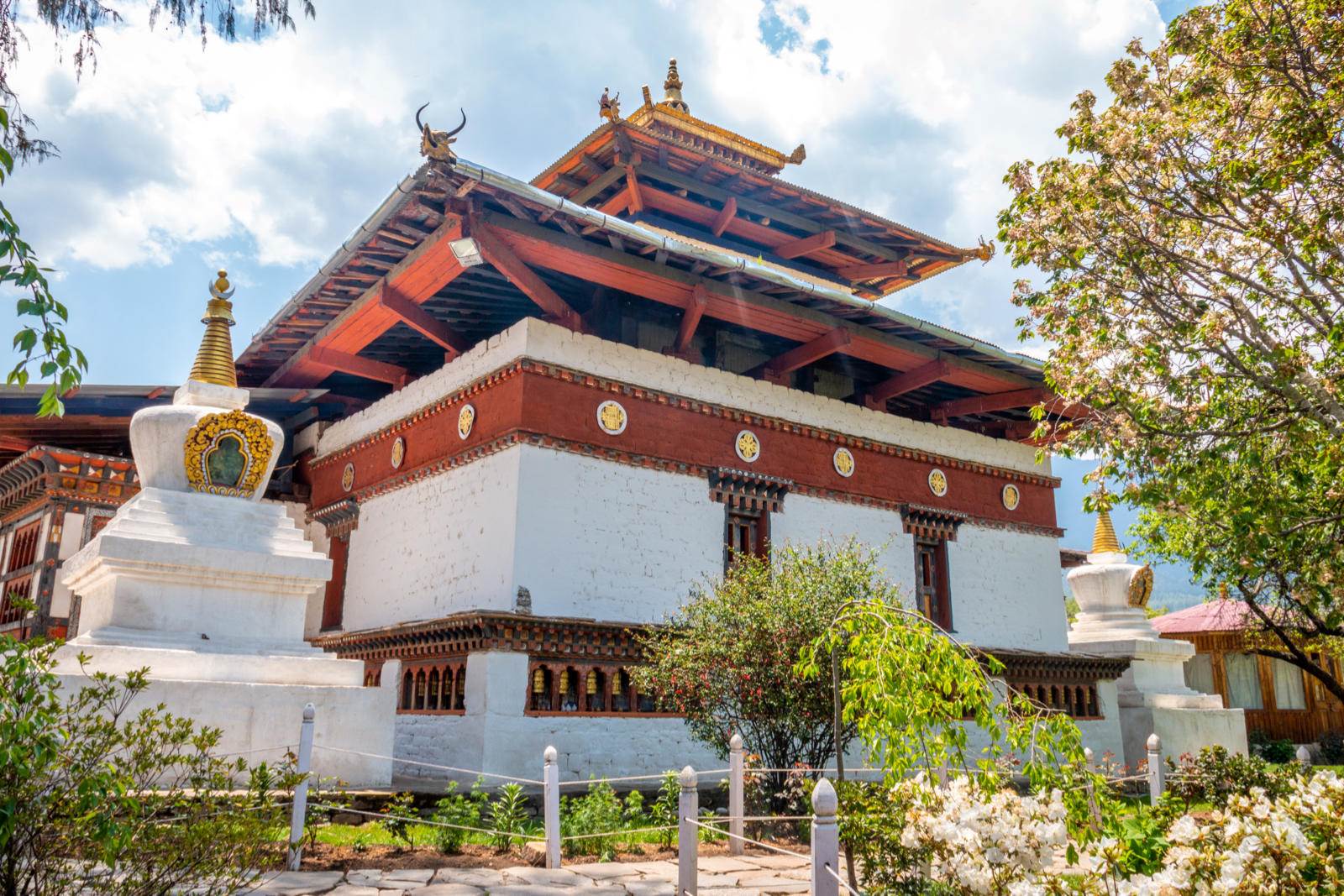
Try your hand at Bhutan’s beloved traditional sports—archery and khuru (darts). With guidance from your local guide, you’ll learn how to properly hold the bow and shoot an arrow. You’ll also get to experience khuru, a lively game where large darts are skillfully thrown at a distant target. It’s a fun and interactive way to immerse yourself in Bhutanese culture.

Immerse yourself in the local way of life with a visit to Kaja Throm, Paro's bustling open-air weekend market. Stroll past colorful stalls offering fresh organic produce, handmade textiles, Bhutanese snacks, and artisanal crafts. It’s the perfect spot to mingle with locals, sample seasonal delicacies, and support small-scale farmers and entrepreneurs.

They say, "a visit to Bhutan is not complete without climbing up to the Tiger's Nest". Taktsang Monastery, famously known as the Tiger’s Nest, is Bhutan’s most iconic landmark, dramatically perched on a cliffside 3,120 metres above sea level in Paro Valley. According to legend, Guru Padmasambhava flew to this site in the 8th century on the back of a tigress and meditated in a cave that now lies at the heart of the monastery. Built in 1692, the complex includes temples, meditation caves, and stunning viewpoints that seem to defy gravity. Reaching the monastery involves a scenic 2–3 hour hike through pine forests and fluttering prayer flags—a spiritual and physical journey that rewards you with breathtaking views and deep serenity.
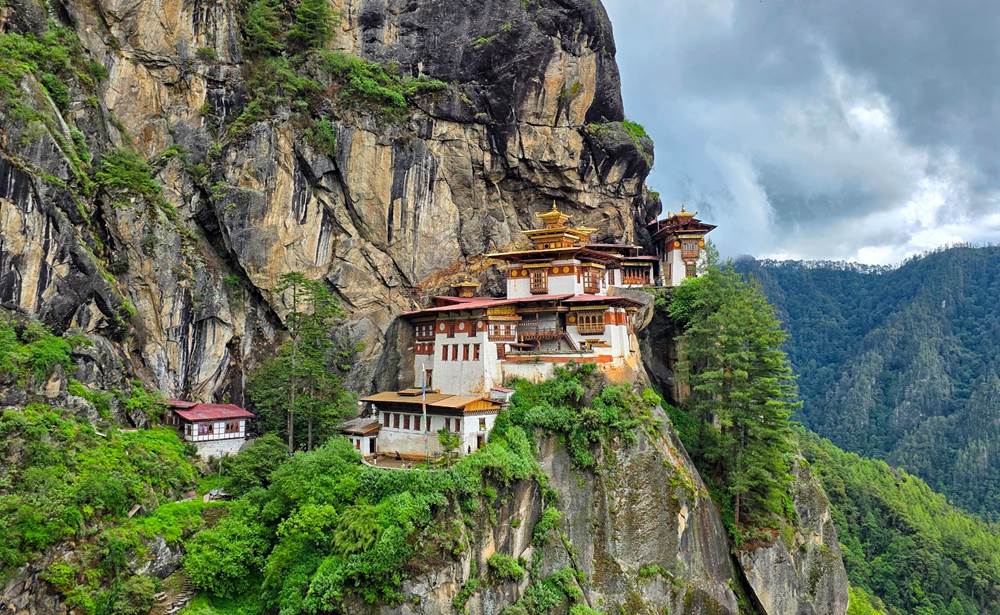
Travel Tips
Druk Asia
Bhutan Office
Singapore Sales Office
Kuala Lumpur Office
Copyright © 2024 Druk Asia - All Right Reserved
Travel Tips
Druk Asia
Bhutan Office
Singapore Sales Office
Kuala Lumpur Office
Copyright © 2024 Druk Asia - All Right Reserved
